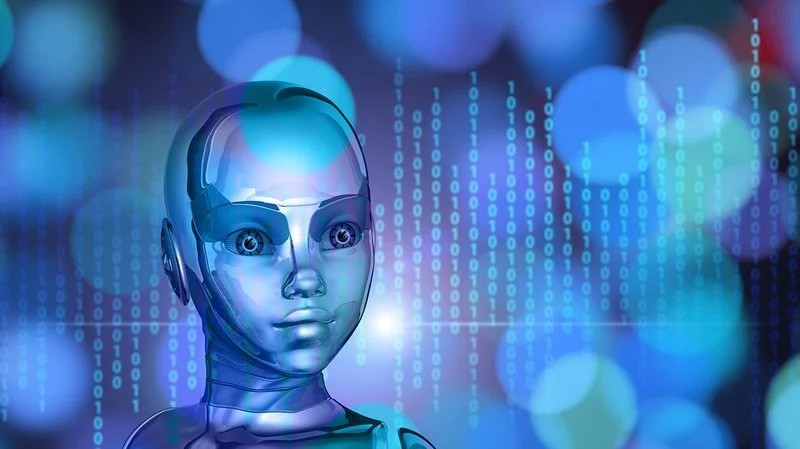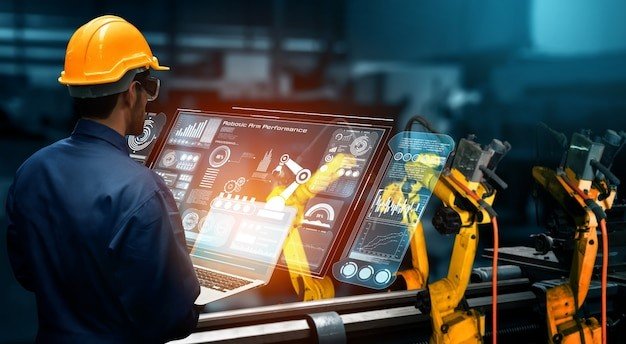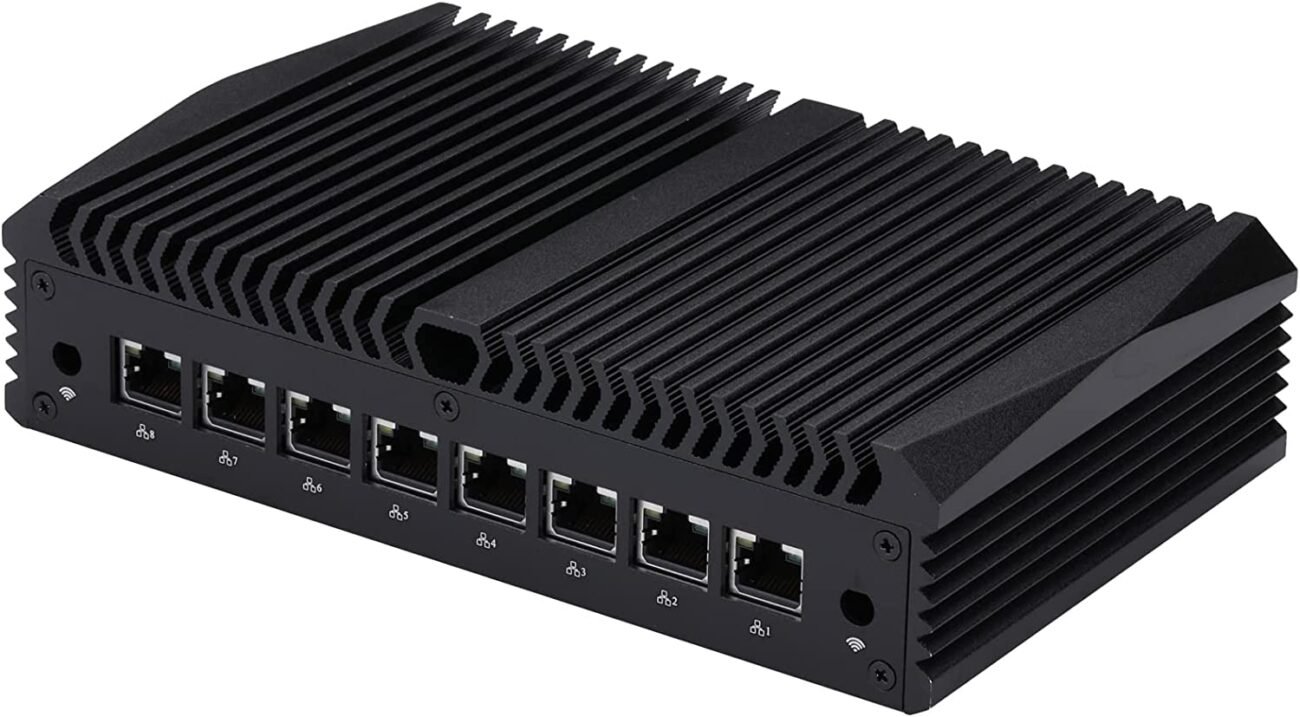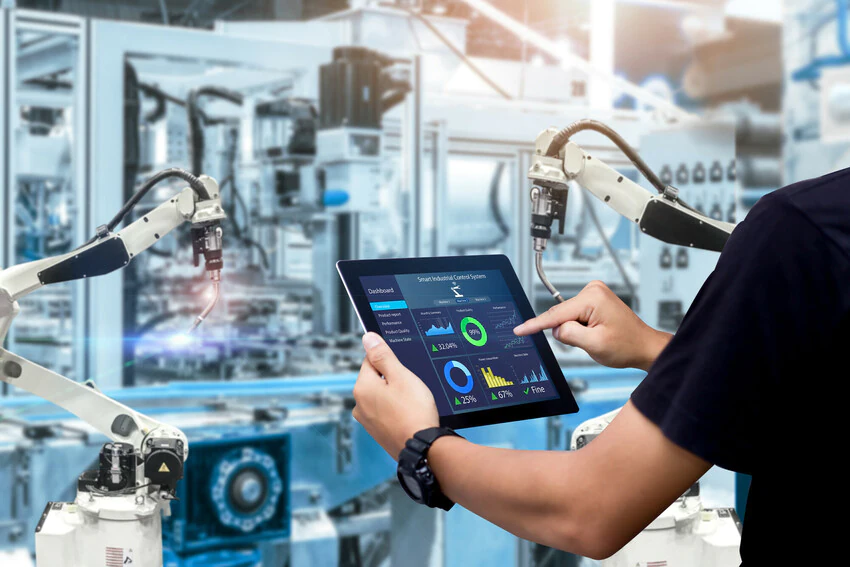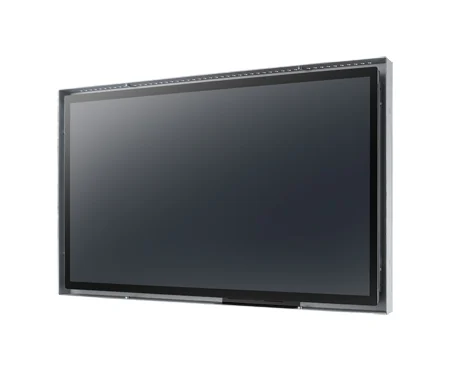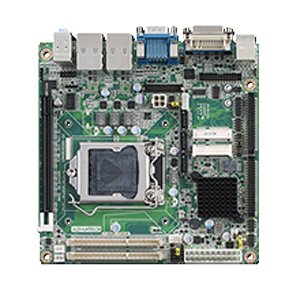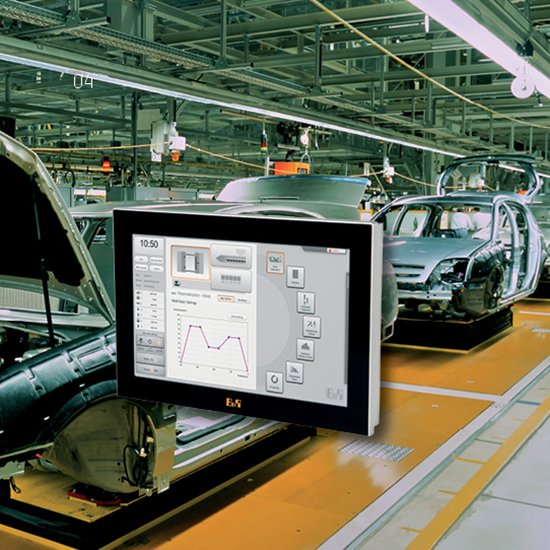Human-Machine Interfaces (HMIs) have become an integral part of our daily lives. From smartphones to automobiles, from gaming consoles to medical devices, almost every technological gadget we use today employs some form of HMI. In this article, we will explore the potential of HMIs, their types, advantages and disadvantages, applications, future, and challenges.
Human-machine interfaces (HMIs) are rapidly evolving, providing users with an unprecedented level of interactivity with machines. HMIs can range from voice-activated assistants like Siri and Alexa to virtual reality headsets that enable users to fully immerse themselves in a digital environment. In this article, we will explore the potential of HMIs, discussing their current capabilities and future possibilities.
What are Human-Machine Interfaces?
A Human-Machine Interface (HMI) is a means of communication between a human user and a computer or a machine. It allows users to interact with technology and provides a platform to access and control different functions of the device. The HMI serves as a bridge between the user and the machine, allowing the user to input commands and receive output.
HMIs have been around since the inception of computers, but they have evolved significantly over time. From simple command line interfaces to the latest brain-computer interfaces, HMIs have become more advanced, intuitive, and user-friendly.
Types of HMIs
There are several types of HMIs available today, including Graphical User Interfaces (GUIs), Command Line Interfaces (CLIs), Touchscreen Interfaces, Voice Recognition Interfaces, Brain-Computer Interfaces (BCIs), and Virtual Reality Interfaces.
GUIs are the most commonly used HMIs, offering users a visual interface with buttons, menus, and icons. They are simple to use and require minimal training. CLIs, on the other hand, require users to type commands using a keyboard. Touchscreen interfaces are commonly found in smartphones and tablets, allowing users to interact with the device by touching the screen.
Voice recognition interfaces use speech recognition technology to allow users to control devices using their voice. BCIs use brain signals to control machines, and VR interfaces provide an immersive experience by simulating a virtual environment.
Advantages and Disadvantages of HMIs
HMIs have numerous advantages, including improved efficiency and productivity, easier access to information, more intuitive and user-friendly interfaces, and reducing the need for physical movement. However, they also have some disadvantages, such as over-reliance on technology, limited personal interaction, and limited accessibility for some individuals.
Applications of HMIs
HMIs are used in a variety of applications, including medical and healthcare, automotive industry, gaming and entertainment, military and defense, industrial automation, and communication and social media.
Significance of HMIs
The significance of HMIs lies in their ability to facilitate communication between humans and machines, making it easier for people to use technology to accomplish tasks. The development of HMIs has led to increased efficiency, improved user experience, and reduced human error in different domains.
Definition of Human Factors
Human factors refer to the study of how humans interact with technology and machines. It considers the physical, cognitive, and social aspects of human behavior and designs interfaces that are compatible with these factors.
Types of HMIs
There are different types of HMIs that can be used to interact with machines. The following are the most common types:
Graphical User Interfaces (GUIs)
GUIs are interfaces that use visual representations, such as icons, buttons, and menus, to enable users to interact with machines. They are the most common type of interface used in computers and smartphones.
Voice User Interfaces (VUIs)
VUIs are interfaces that use voice commands to control machines. They are commonly used in smart speakers, virtual assistants, and in-car infotainment systems.
Brain Computer Interfaces (BCIs)
BCIs are interfaces that use brain signals to control machines. They are commonly used in medical research and in gaming applications.
Haptic Feedback Interfaces
Haptic feedback interfaces use touch to provide feedback to users. They are commonly used in gaming applications and in automotive interfaces.

